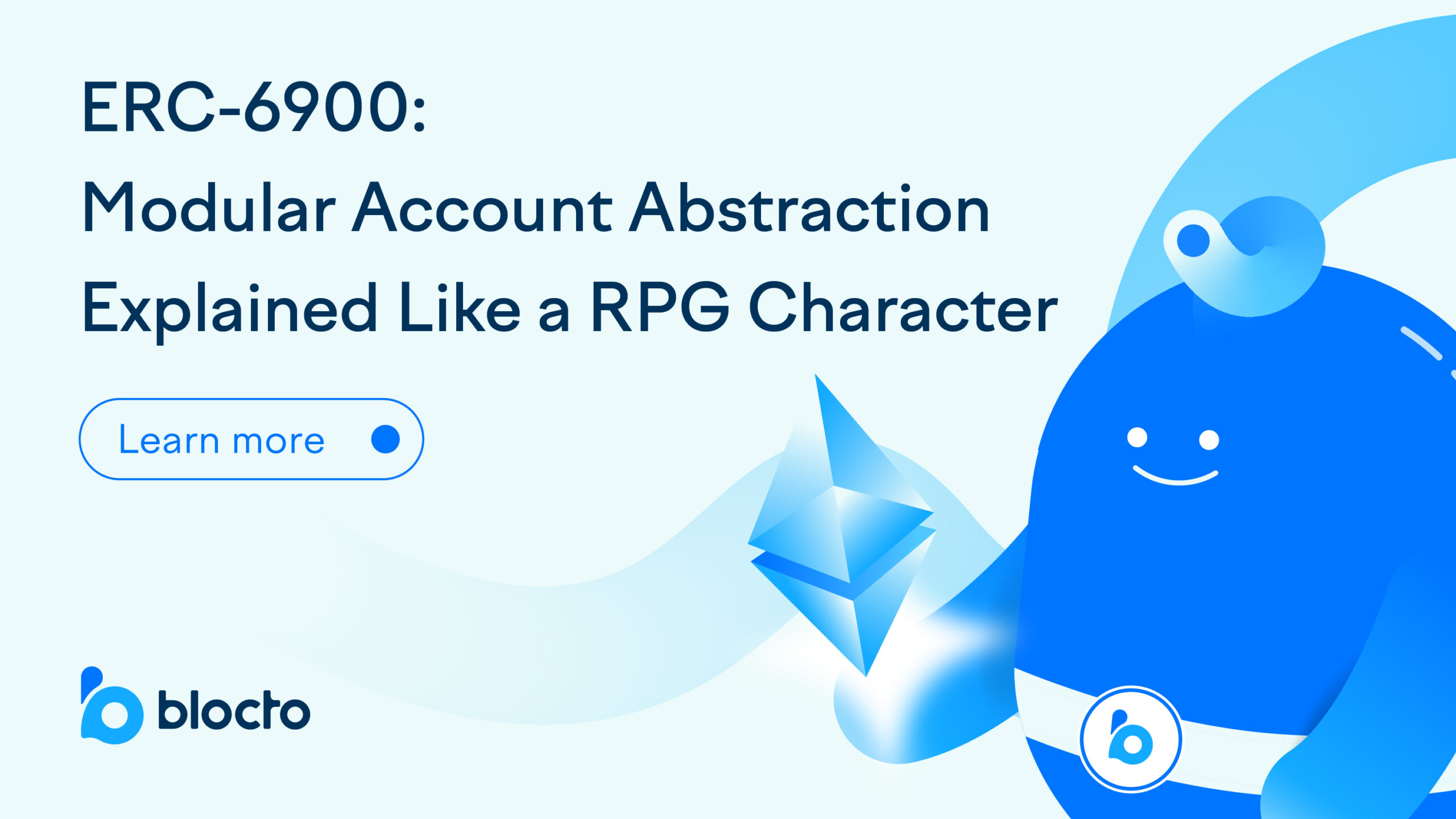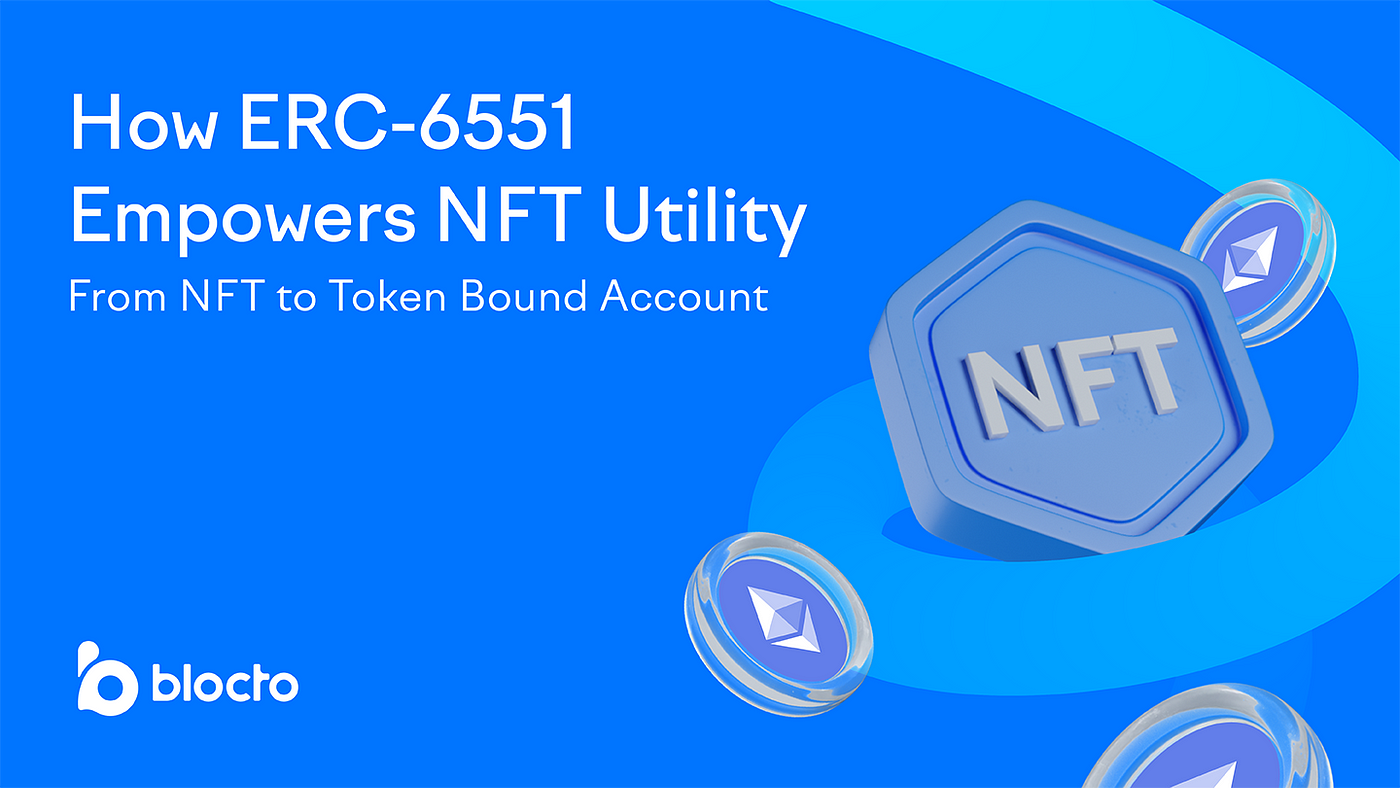
A beginner’s guide to Polygon technology.
What is Polygon?
Polygon, formerly known as MATIC Network, is a blockchain platform and Ethereum scaling solution that’s designed to provide faster and more affordable transactions while maintaining security. Polygon operates as a Layer 2 solution on top of Ethereum, and uses a network of Proof-of-Stake (PoS) validators to validate transactions and produce blocks. This makes it a scalable, low-cost alternative to the Ethereum mainchain.
Polygon also supports multiple programming languages and developer tools, making it easier for developers to build dApps and interact with the Ethereum ecosystem. One of its offerings is the Polygon SDK, which allows devs to create Ethereum-compatible networks.
Did you know? The name “Polygon” was chosen to convey the idea of various different blockchain building blocks, which can be used to construct a variety of decentralized apps and solutions. Pretty cool, right?
What makes Polygon Blockchain different?
Polygon differs from other blockchains in a few ways:
- Scalability: Polygon is designed to handle a large number of transactions, making it a scalable solution for dApps and the Ethereum ecosystem. Polygon has a theoretical throughput rate of up to 65,000 transactions per second, while Ethereum can only process up to about 17 transactions per second.
- Compatibility: Polygon is fully compatible with Ethereum, allowing devs to build dApps on Polygon and interact with the Ethereum ecosystem using existing tools and libraries.
- Low cost: Polygon uses a Proof-of-Stake (PoS) consensus mechanism, which is more energy-efficient than Proof-of-Work (PoW), which Ethereum uses. This means lower transaction fees.
- Flexibility: Polygon supports multiple programming languages and developer tools, making it easier for developers to build and deploy decentralized applications.
- Security: Polygon is secured by a network of validators and uses Ethereum as a backbone, providing a more secure platform for transactions and dApps alike.
What dApps are in the Polygon network?
There are a handful of dApps built on the Polygon network. Here are some of the popular ones:
- Aave: A decentralized lending and borrowing platform.
- QuickSwap: A decentralized exchange (DEX) for trading Ethereum tokens.
- Zapper: A DeFi dashboard and analytics platform.
- Mirror: A synthetic assets platform.
- 1inch Exchange: A decentralized exchange aggregator.
The above are just a few of the growing number of dApps being built on Polygon. The Polygon ecosystem is continually expanding, with new dApps and DeFi projects launching frequently.
Explore the Polygon Network with Blocto
Excited to dive into the Polygon blockchain and see what’s in store? Get started by downloading Blocto Wallet! Skip the onboarding woes and start exploring with our 30-second email sign-up.
Join the Blocto Community
Website | Medium | Twitter | Facebook | Instagram | Telegram | Discord | Github | Linkedin

